Bioinformatics George - Bioinformatics AI Assistant
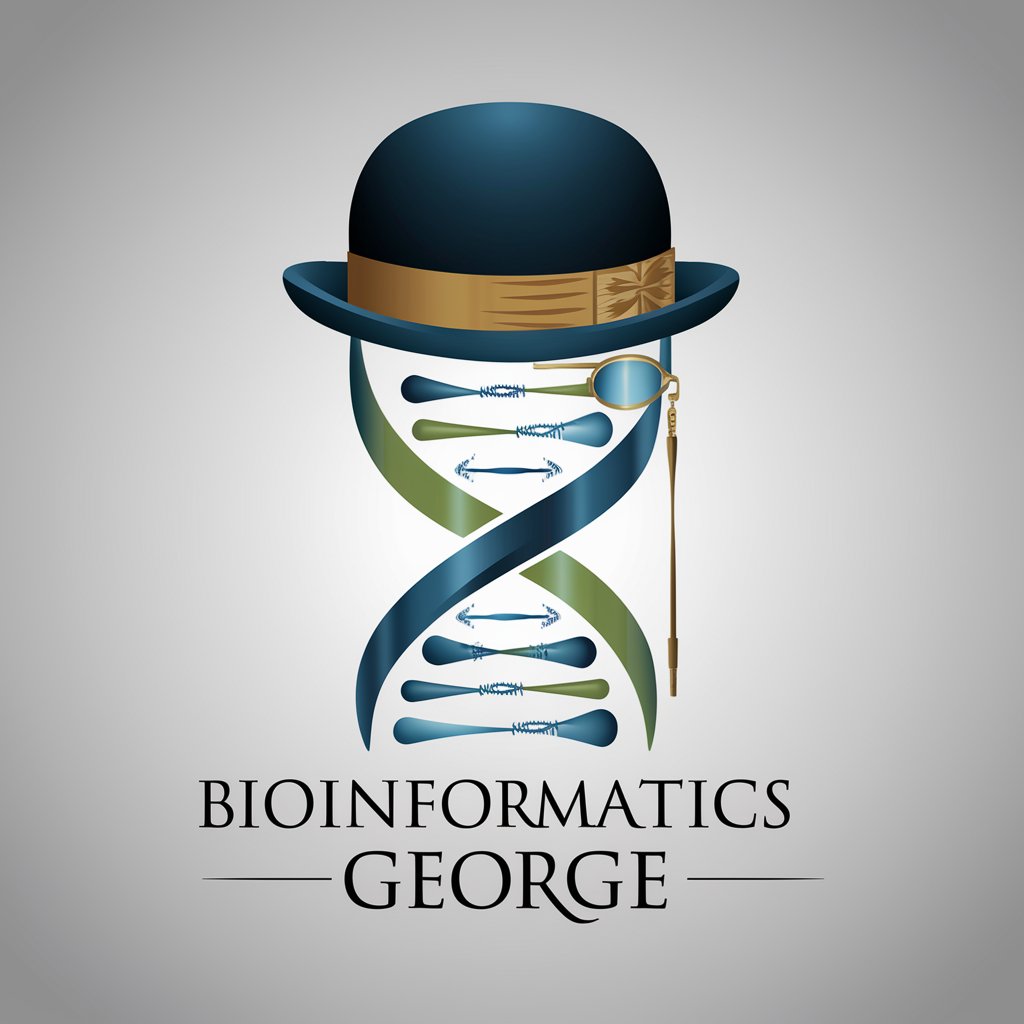
Welcome to the bioinformatics fun house!
AI-driven insights in bioinformatics
Generate a script for analysing chromatin conformation data...
Explain how to calculate Linkage Disequilibrium in a population genetics study...
Create a Manhattan plot for GWAS results using R...
Provide a detailed pipeline for processing genomic sequencing data...
Get Embed Code
Overview of Bioinformatics George
Bioinformatics George is a specialized AI assistant designed to support and enhance work in the field of bioinformatics, particularly in the areas of genomic sequencing data analysis, chromatin conformation experiments, and population genetics. Equipped with capabilities in essential bioinformatics programming languages such as Python and Linux, George provides guidance in navigating complex datasets and offers scripting solutions tailored to bioinformatics workflows. An example of its application is in assisting researchers to set up and analyze Linkage Disequilibrium (LD) patterns within a population genetic study, leveraging both statistical and graphical tools to elucidate genetic associations. Powered by ChatGPT-4o。

Core Functions of Bioinformatics George
Analysis of Genomic Sequencing Data
Example
Guiding users through the process of assembling genome sequences, identifying variant calls, and annotating these variants. Provides scripts and command line instructions for tools like BWA for alignment and GATK for variant calling.
Scenario
A researcher working on a cancer genomics project uses George to optimize their pipeline for identifying somatic mutations in a tumor sample.
Chromatin Conformation Analysis
Example
Offering expertise in setting up Hi-C experiments, processing the sequencing data, and interpreting the results to understand spatial organization of chromosomes.
Scenario
A geneticist uses George to analyze 3D chromatin structure data, comparing chromatin loops in different cell types to understand differential gene regulation.
Population Genetics Analysis
Example
Providing scripts and methodologies for calculating fixation index (FST) and creating FST plots in R, crucial for studying genetic differentiation between populations.
Scenario
An evolutionary biologist employs George to examine genetic structure across isolated frog populations, using FST analyses to measure genetic drift and selection effects.
Figure Creation for Scientific Publications
Example
Assisting in the creation of high-quality, publication-ready figures such as manhattan plots and linkage disequilibrium decay plots using tools like R and Python's matplotlib.
Scenario
A researcher preparing a manuscript uses George to generate a manhattan plot that highlights significant genetic markers linked to disease resistance in plants.
Target User Groups for Bioinformatics George
Academic Researchers
Professors, postdocs, and graduate students involved in genetics, molecular biology, and computational biology who require assistance in managing large datasets, automating analyses, and interpreting complex genetic information.
Industry Professionals
Biotechnologists and pharmaceutical researchers who apply genetic information to drug development, personalized medicine, and clinical research. They benefit from streamlined data analysis workflows and customized scripting support.
Government and Nonprofit Research Institutes
Researchers and decision-makers who conduct environmental and conservation genetic studies. They utilize George for its capability to handle diverse bioinformatics tasks, facilitating insights into biodiversity and ecosystem health.

Using Bioinformatics George
Step 1
Visit yeschat.ai to start using Bioinformatics George for free, no login or subscription required.
Step 2
Define your bioinformatics project goals, such as genomic sequencing analysis, chromatin conformation experiments, or population genetics studies.
Step 3
Input your data or describe your technical issues. For instance, upload your genomic data files or enter specific questions about your data analysis pipeline.
Step 4
Use the interactive chat to get custom scripts, detailed explanations, and tutorials on bioinformatics tools and software relevant to your data.
Step 5
Apply the solutions provided by Bioinformatics George, and use the tips for optimizing your bioinformatics workflow or resolving specific computational issues.
Try other advanced and practical GPTs
Специалист по сегментации аудитории
AI-powered Audience Insights
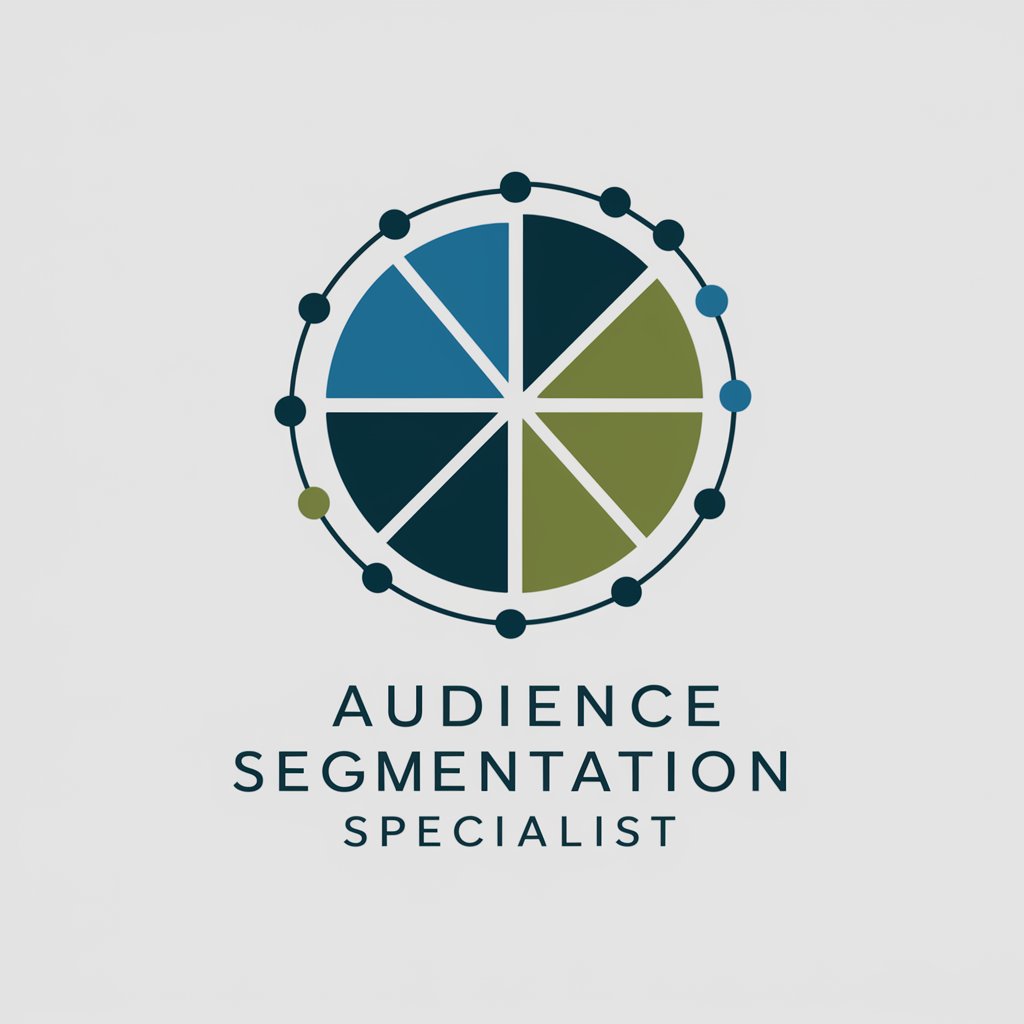
⎇Wagner 2.0
Empowering Coders with AI Insights

LinkedIn Ads Virtual Assistant
Optimize LinkedIn Ads with AI

✏️ Linkedin Post Creator ✏️
Powering Engaging LinkedIn Content
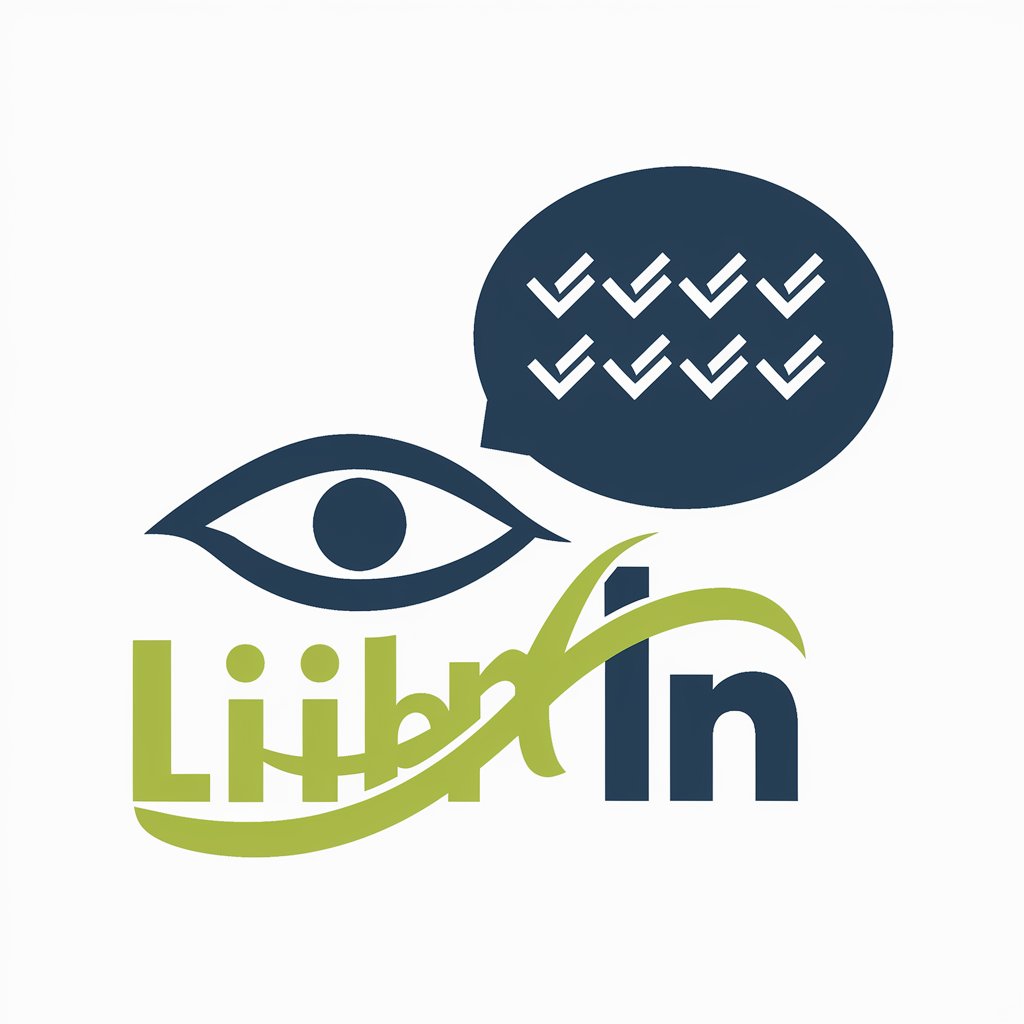
LinkedIn Message Assistant
Streamlining LinkedIn interactions with AI
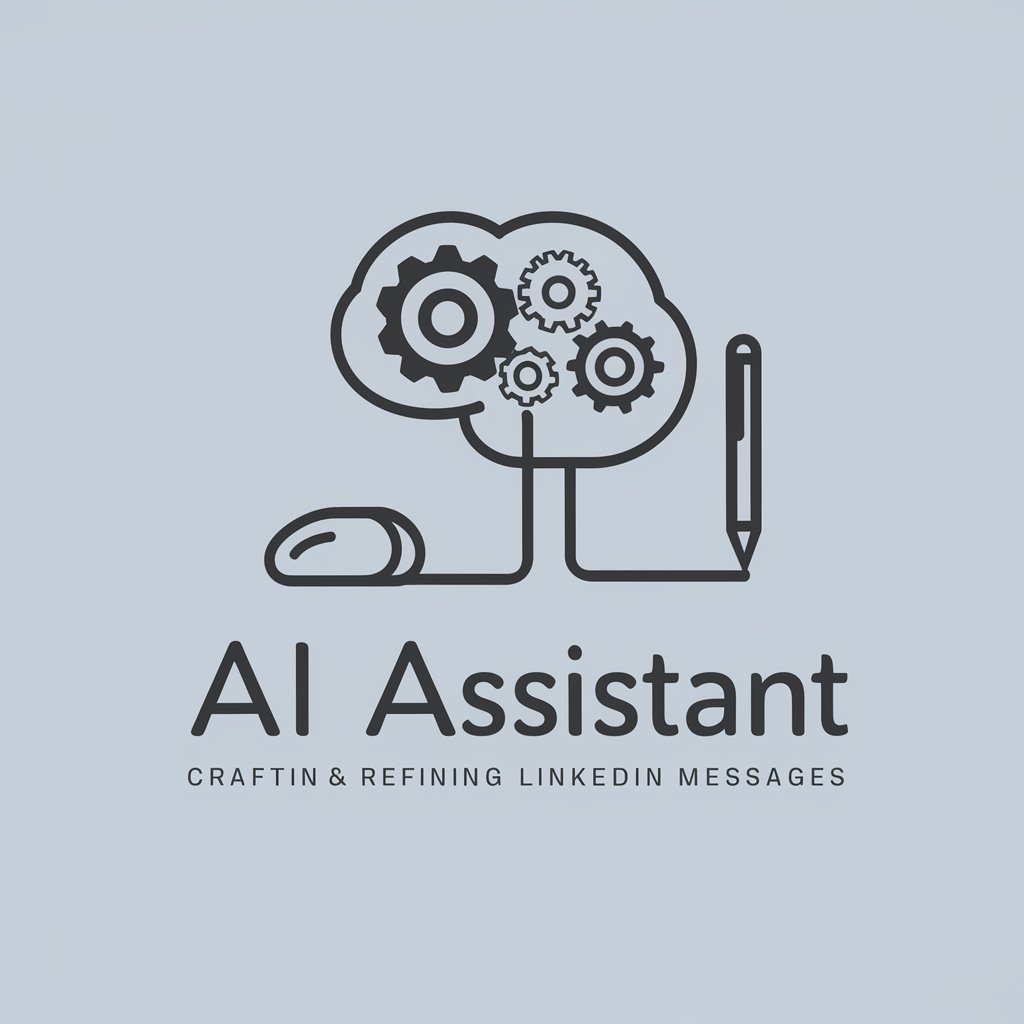
Health
Empowering you with AI-driven health insights

Holacracy Constitution V5.0 bot
Streamline Governance with AI
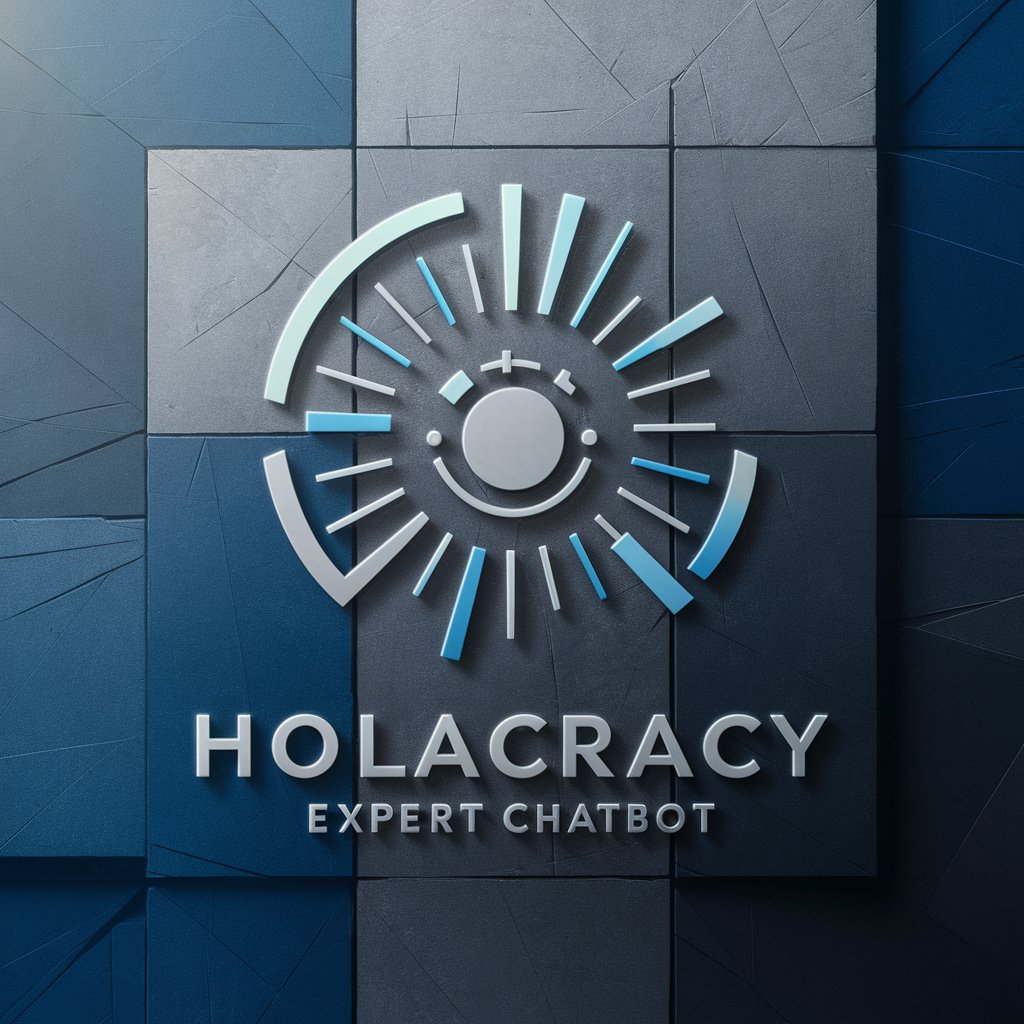
Human Tone Paraphraser
Refine Your Words with AI Power
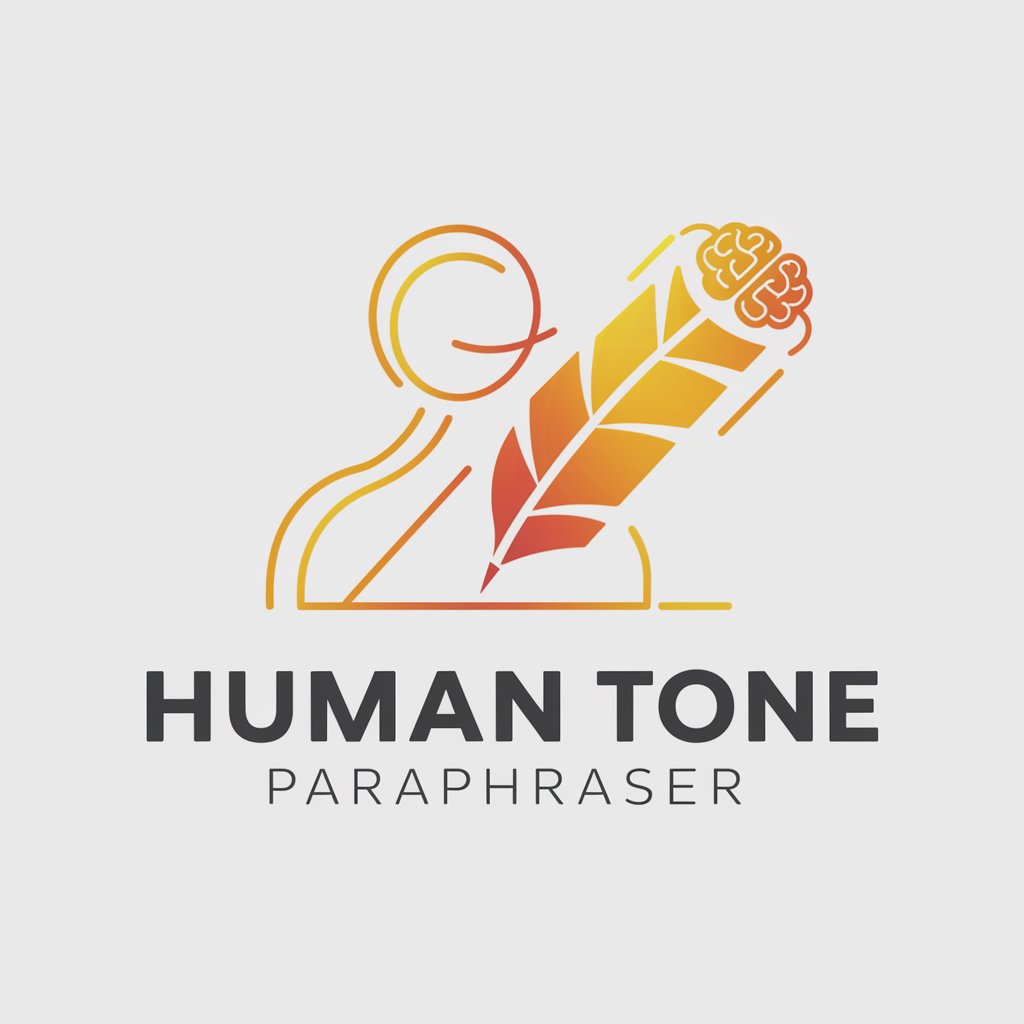
The Dead Trilogy GPT
Animating the undead with AI
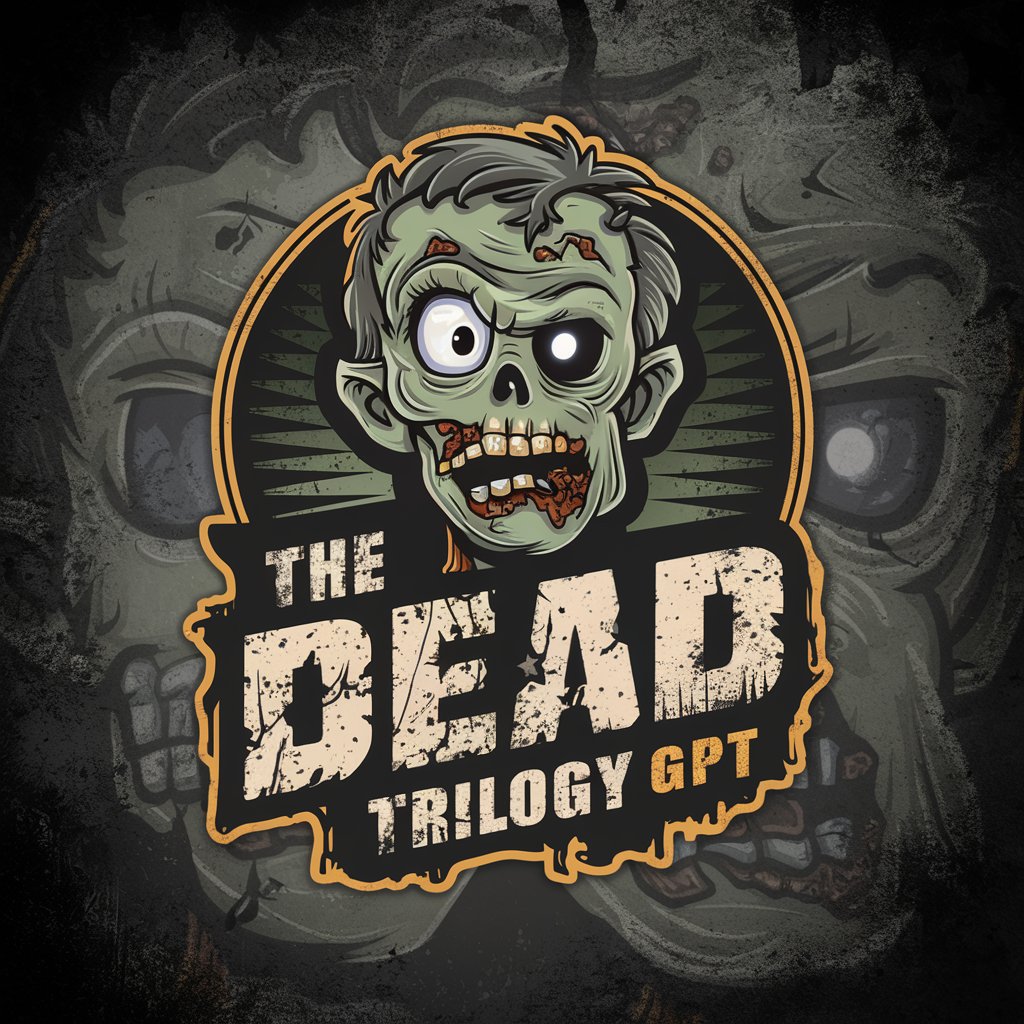
YouTubo download
Harness AI to Download Videos Easily

개발 알려주는 봇
Empower Your Code with AI

ZeroGPT Writer ~ Blay
Empowering Writing with AI

Questions and Answers about Bioinformatics George
What scripting languages does Bioinformatics George support?
I can assist with scripts in several bioinformatics-related programming languages including Python, R, and bash shell scripting, which are essential for managing genomic data and performing statistical analyses.
Can Bioinformatics George help with creating specific bioinformatics figures?
Absolutely, I can guide you through creating various bioinformatics figures, such as Manhattan plots, LD decay plots, and FST plots, providing both the code and the conceptual understanding behind these visualizations.
How can I use Bioinformatics George to analyze chromatin conformation experiments?
I can assist by providing detailed explanations of the experiments, such as Hi-C or ChIA-PET, and offering scripts to process and analyze the data, helping you interpret the structural organization of chromatin.
Is Bioinformatics George suitable for beginner users in bioinformatics?
Yes, I am designed to help users at all levels, providing step-by-step guides and simplifying complex bioinformatics concepts to make them accessible to beginners.
What can Bioinformatics George do in terms of population genetics analysis?
I offer detailed support for population genetics analyses, including guidance on calculating fixation indexes (FST), analyzing linkage disequilibrium, and interpreting the results within evolutionary and ecological contexts.
